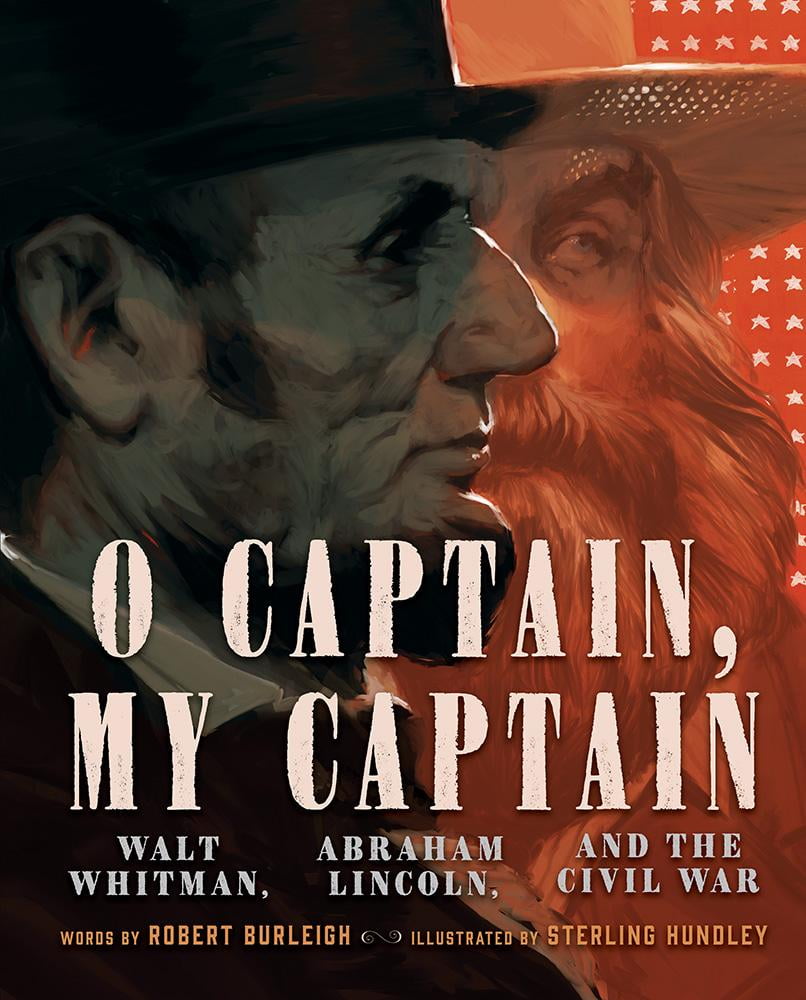

This poem has three stanzas each having eight verses. Here is a brief analysis of the poetic devices that you will find in the o captain my captain poem. Most poetic devices share similar qualities with the literally devices. Analyzing the Poetic Devices in “O Captain! My Captain!” In summary, the use of the above devices helps Whitman to effectively demonstrate his love for military heroes. This is the repetition of vowel sounds in one line like the sounds of /i/ in the “ship and “trip.” Is the repetition of one consonant sounds in the same poetry lines of the poem like the use of f/f/ in “flag is flung” and the /s/ sound in “safe and sound.”Ĭonsonance refers to the repetition of consonant sounds like /g/ sound in the “flag is flung.” The phrase “O Captain! My Captain” expresses attachment and love of the speaker with the captain. The poet uses apostrophe to call his dead captain. Īpostrophe is a device that poets use to call something or somebody from far. Also, he personifies shores in line 21 where he says, ‘Exult, O Shores!’ It’s like the shores are human beings and will be blowing the victory of trumpets.

He personifies the walk of the author as a ‘mournful tread’ as he can’t live without this captain. Whitman gives human qualities to objects that have no life to bring up the element of personification. ‘Ship’ is the third metaphor that represents the US that has gone through the Civil War.
O CAPTAIN MY CAPTAIN FULL
The voyage journey is full of trials and tests but now the ship nearing the port represents the Civil War timeline. At this point, Captain is Abraham Lincoln who dies in the battle. The first one is “Captain” that is used in the first line and runs through the poem. You have to make sure that they are part of your “O Captain! My Captain!” analysis. Here are some of the literally devices that Whitman uses to enrich his poem. These literally devices help the writer to equip the poetry with a powerful impact on their reader. Literally devices are tools that project the hidden meaning in a text. Analyzing the Literally Devices in the “O Captain! My Captain!” analysis Even though the fearful trips comes to an end, bells ring that the captain is no more to enjoy the great victory. Therefore, the “O Captain! My Captain!” analysis line by line should reflect this theme. Every stanza in this poem provides a clue about this war. This occurrence deprived the US citizens of a great president. The demise of Abraham Lincoln towards the end of the civil war is the main theme that runs throughout the poem. The writer admires his captain for the victory that they won together.

This poem has the sentiments of the author regarding the death of his captain. Major Themes in “O Captain! My Captain!” analysis You can also use the same approach in analyzing other poems similar to “O Captain! My Captain!”. You can use it as a guide for handling your literature work or an English essay. In this article, we will look at a brief analysis of Walt Whitman “O Captain! My Captain!” analysis. What sticks to the mind of the readers is the passionate expression of the writer of his love for the dead captain. His expression of grief and mourning marks the center of this poem. The author used a strong figurative language all over the poem in expressing his respect and mourning the loss of Abraham Lincoln. “O Captain! My Captain!” is an elegy which means it was written as a funeral song. The poetry has been gaining a lot of popularity all over the world because of its artistic merit. The poem has a historical value and was composed as a tribute to Abraham Lincoln an American president that Whitman admired. It is a crucial step in the “O Captain! My Captain!” poem analysis. Therefore, you can confidently answer the question when was “O Captain! My Captain!” written. The poem was published in a pamphlet that is known as Sequel to-Drum – Taps in 1865. It is among the 18 poems that have the background of the American civil war. “O Captain! My Captain!” is a famous poem that was written by Walt Whitman.


 0 kommentar(er)
0 kommentar(er)
